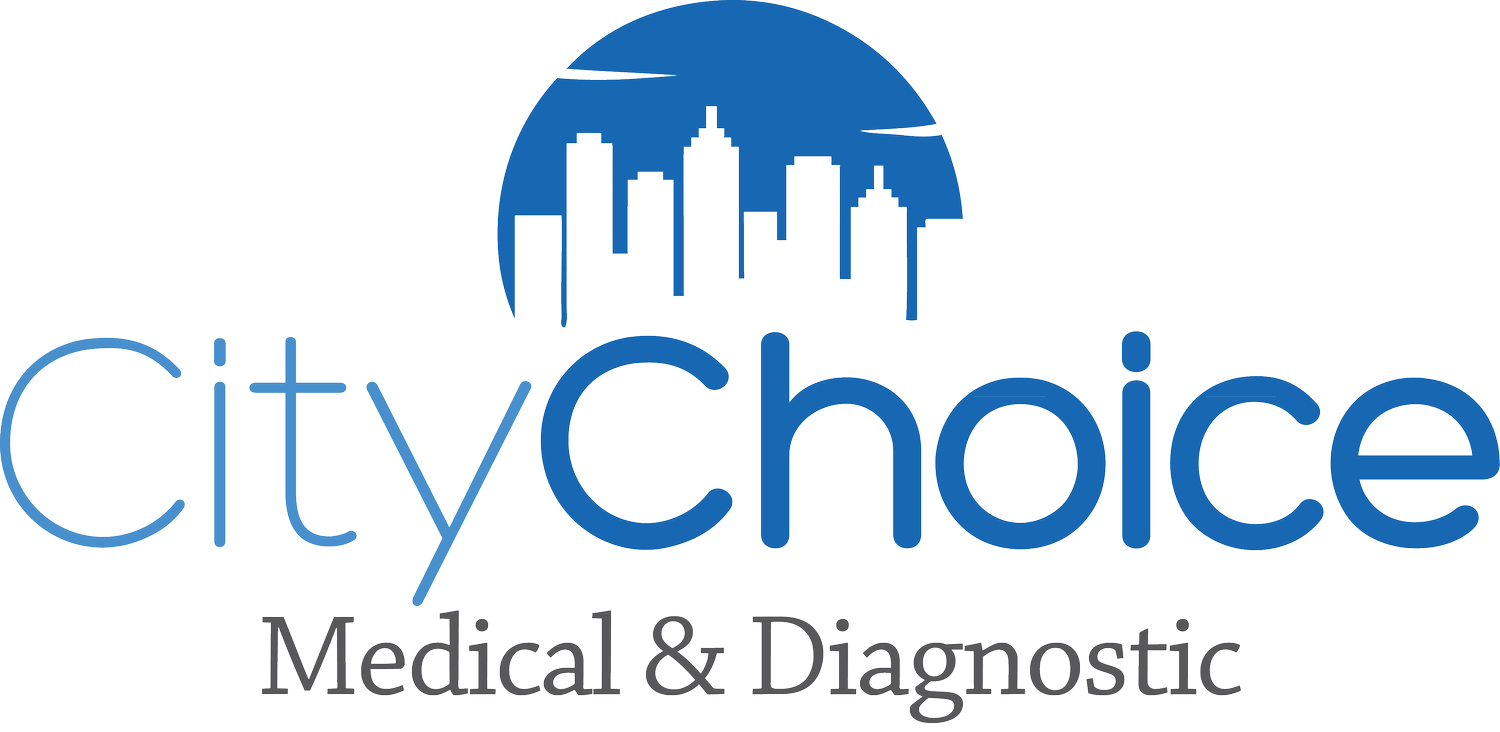Neurological Diagnostic Testing
Modalities: EMG, NCV, TCD, VNG
EMG Testing
Electromyography (EMG) measures muscle response or electrical activity in response to a nerve's stimulation of the muscle. The test is used to help detect neuromuscular abnormalities. During the test, one or more small needles (also called electrodes) are inserted through the skin into the muscle.
NCV Testing
A Nerve Conduction Velocity (NCV) test- also called a Nerve Conduction Study (NCS)- measures how fast an electrical impulse moves through your nerve. NCV can identify nerve damage. During the test, your nerve is stimulated, usually with electrode patches attached to your skin.
TCD Testing
An intracranial neurovascular exam is also known as a Transcranial Doppler (TCD) study. TCD is a non-invasive, painless ultrasound technique that uses high-frequency sound waves to measure the rate and direction of blood flow inside vessels.
VNG Testing
Videonysagmography (VNG) is a test that measures a type of involuntary eye movement called nystagmus. These movements can be slow or fast, steady or jerky. Nysagmus causes your eyes to move from side to side, up and down, or both.




